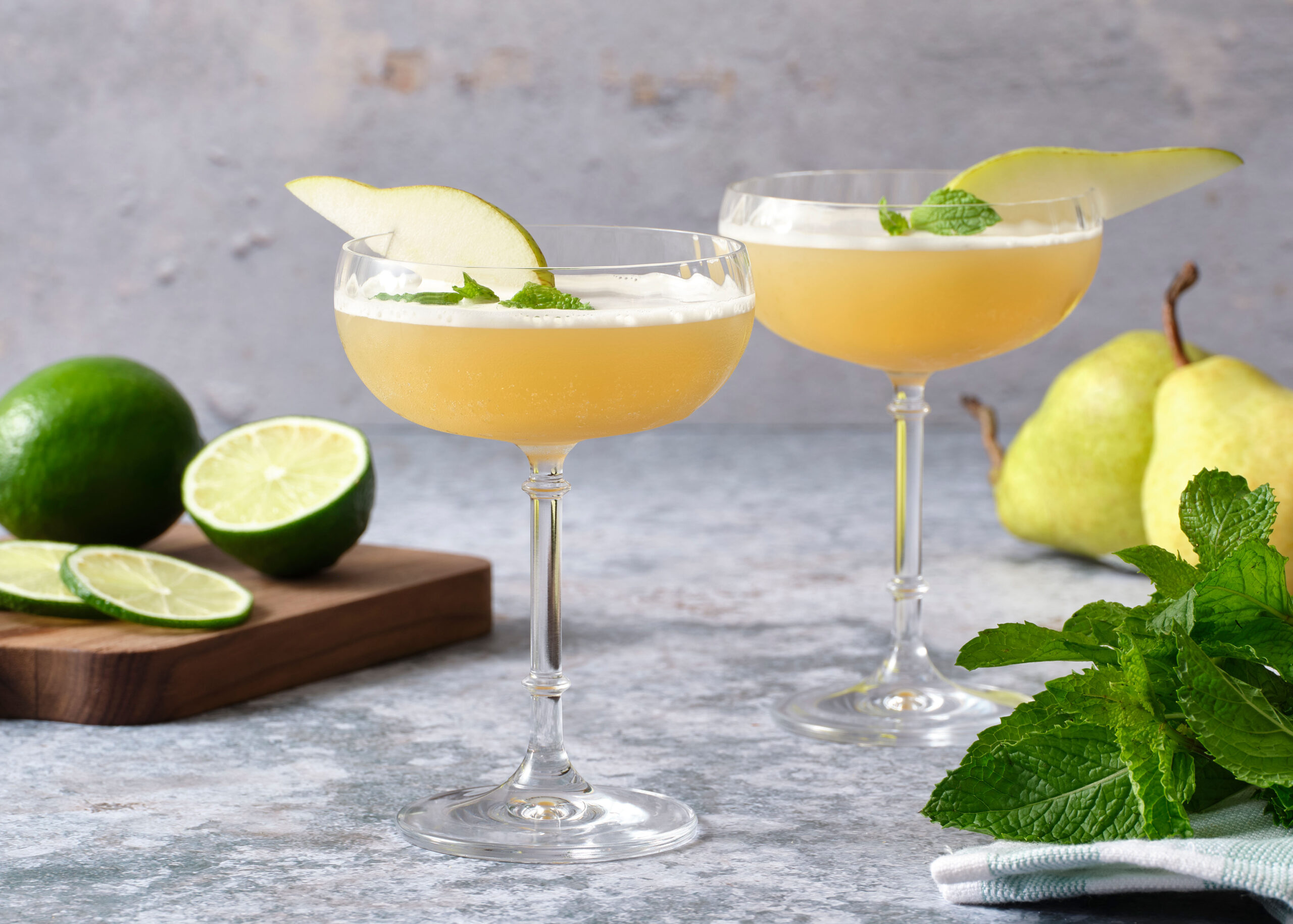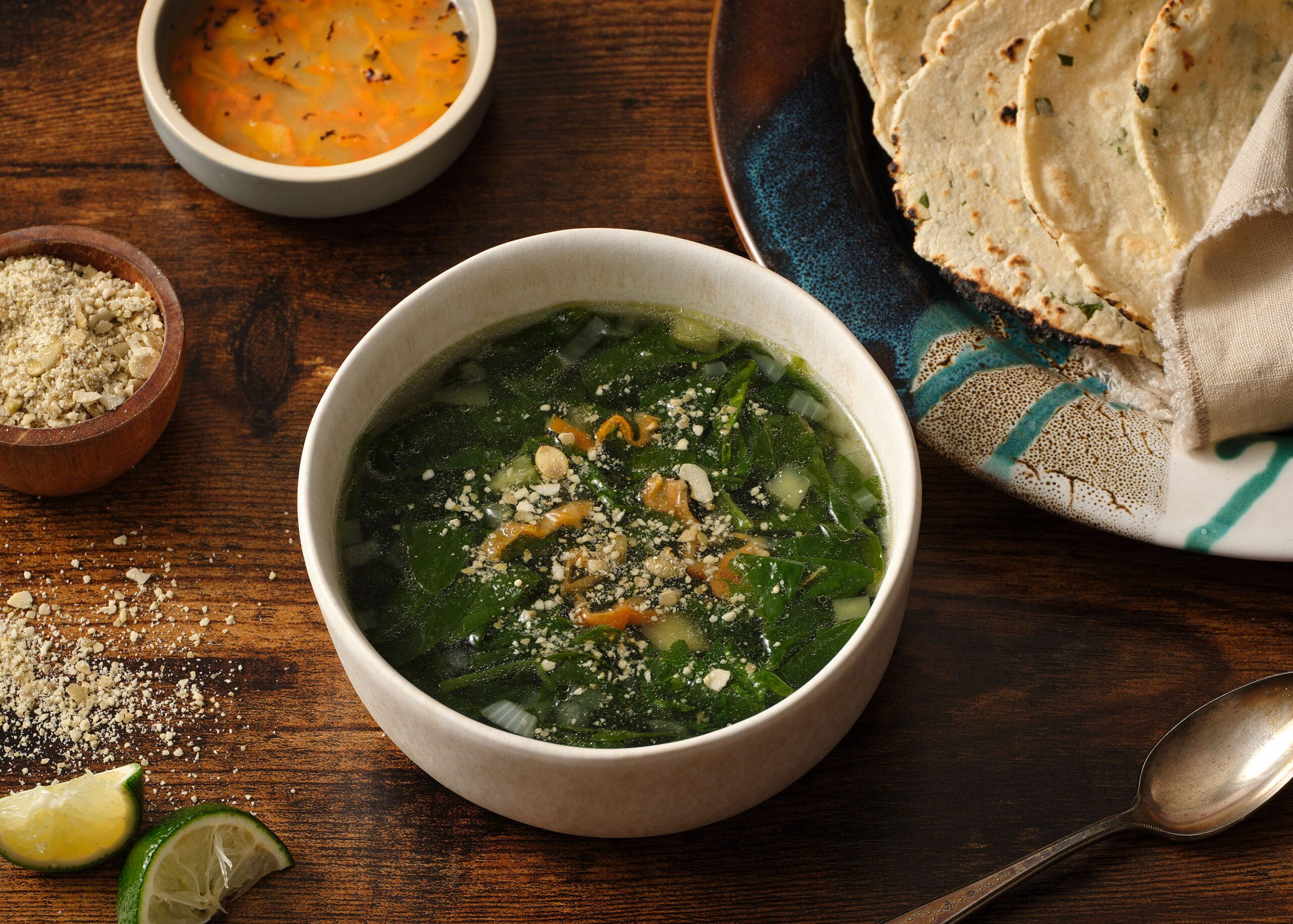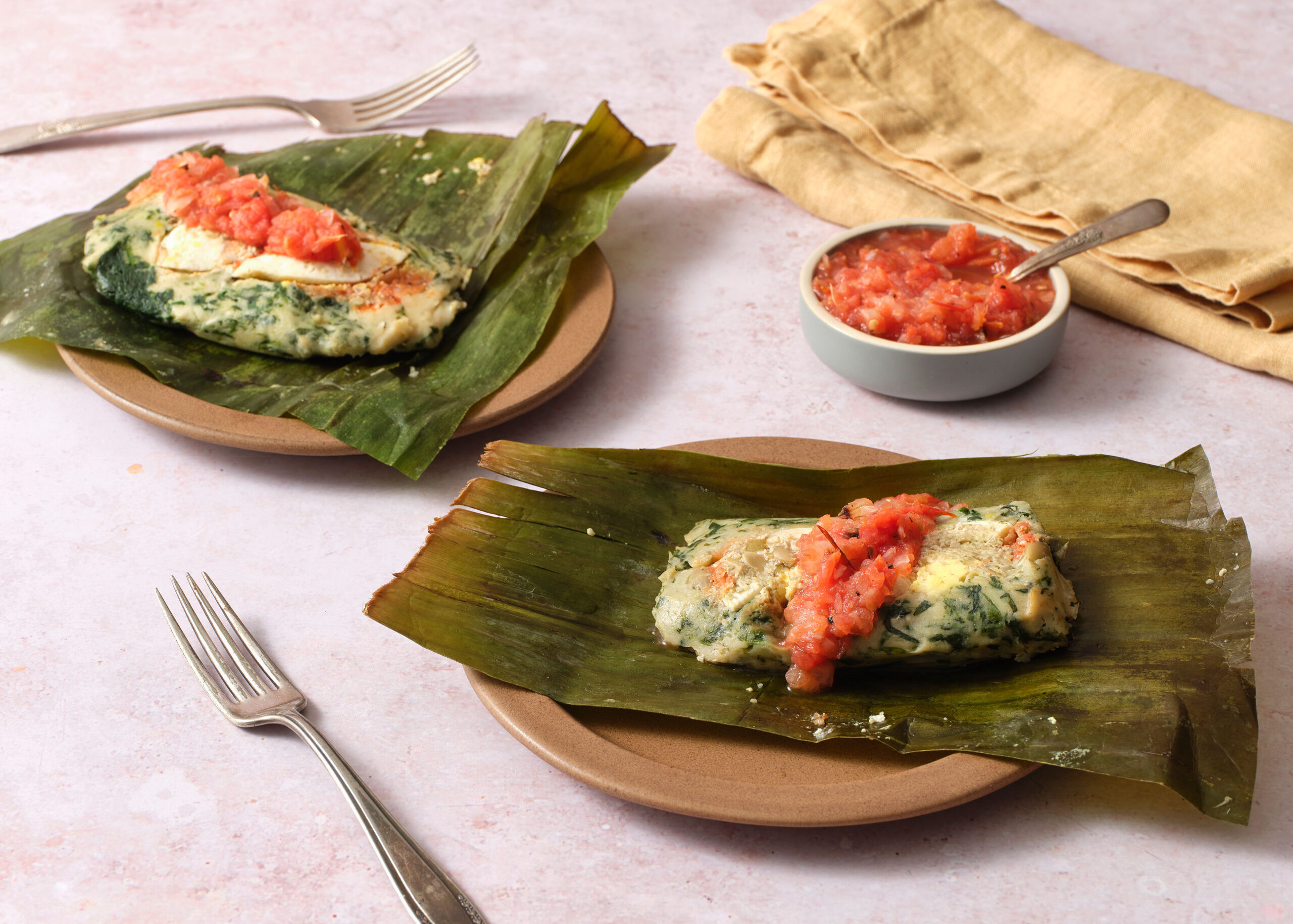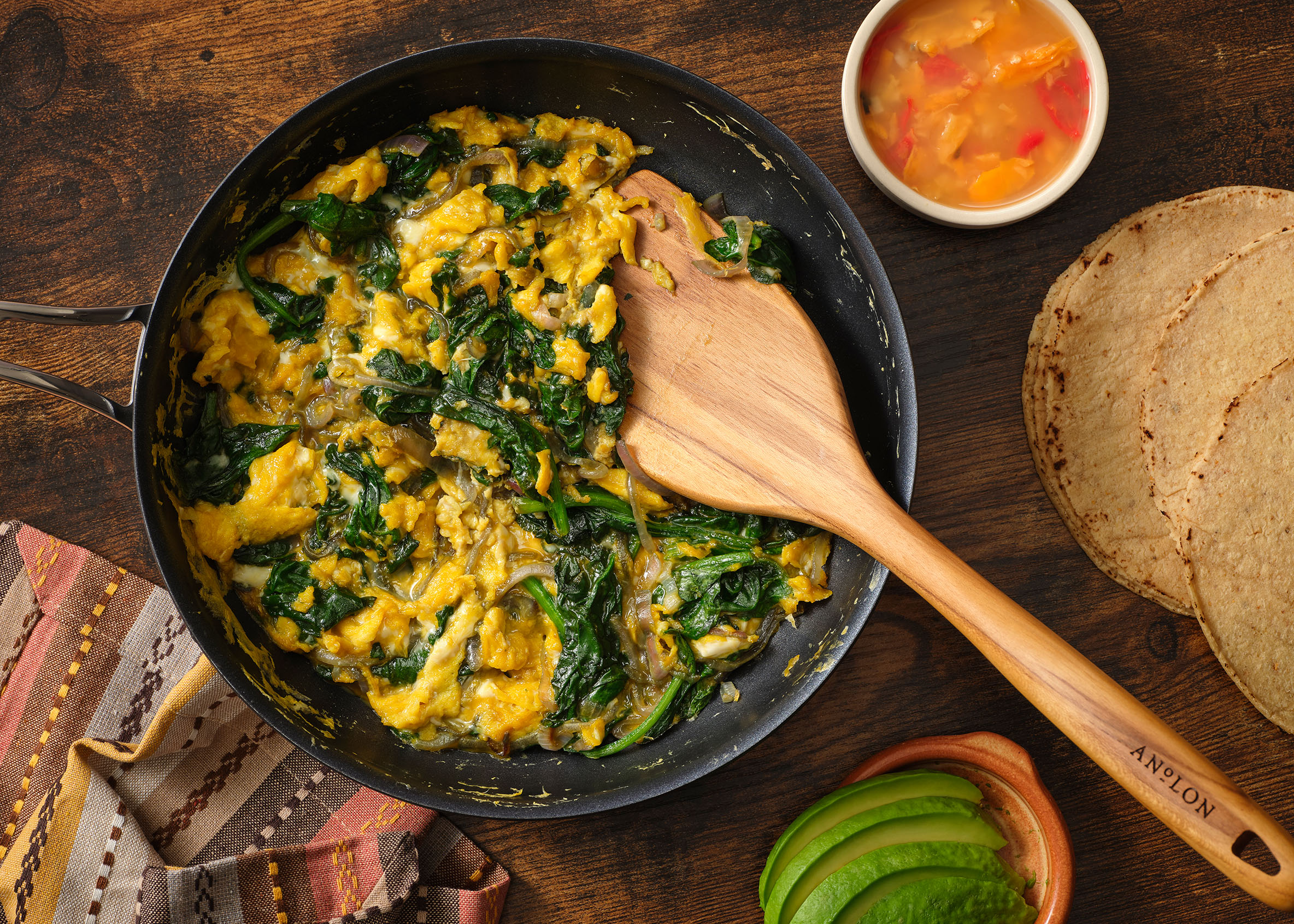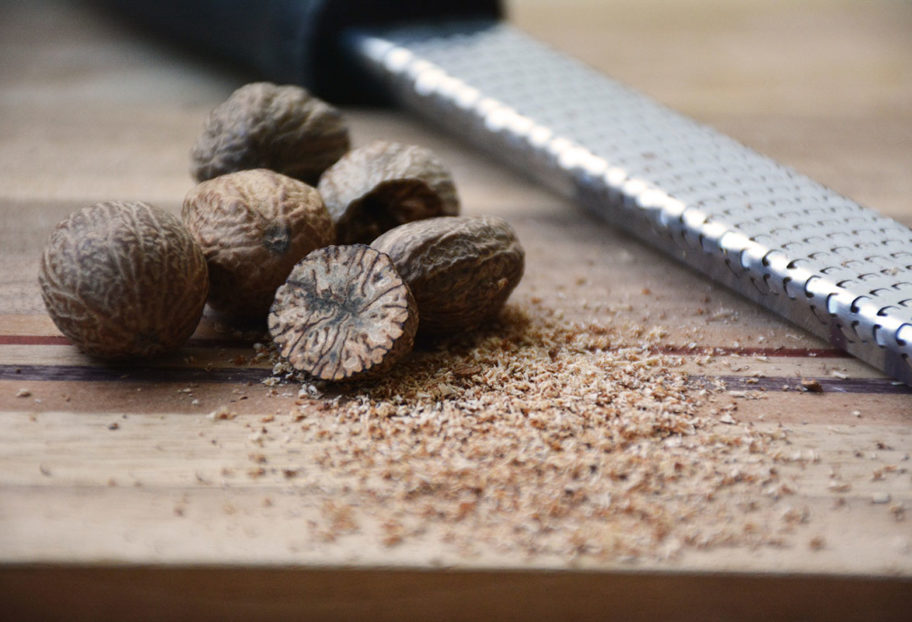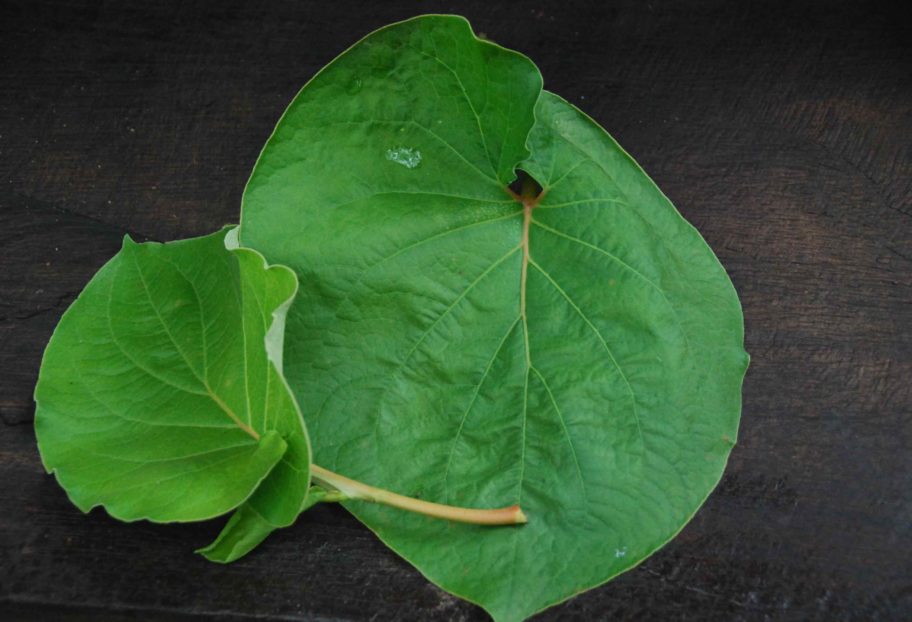Canela Carajillo
Ingredients
For the spiced simple syrup:
- 1 cup sugar
- 1 cup water
- 1 canela or true cinnamon stick
- 1 whole star anise
For the cocktail:
- 1 cup ice
- ½ ounce spiced simple syrup
- 1 ounce Gran Centenario® Tequila Añejo
- ½ cup hot espresso
Instructions
To make the spiced simple syrup:
- Combine the sugar, water, cinnamon stick, and star anise in a small saucepan. Bring to a simmer over medium heat and let it cook for 5 minutes. Let steep until it completely cools down, then strain. (You may store it in a closed container in the fridge.)
To make the cocktail:
- Place ice in glass. Pour in the simple syrup and tequila, sir. Pour the hot espresso over the top.



